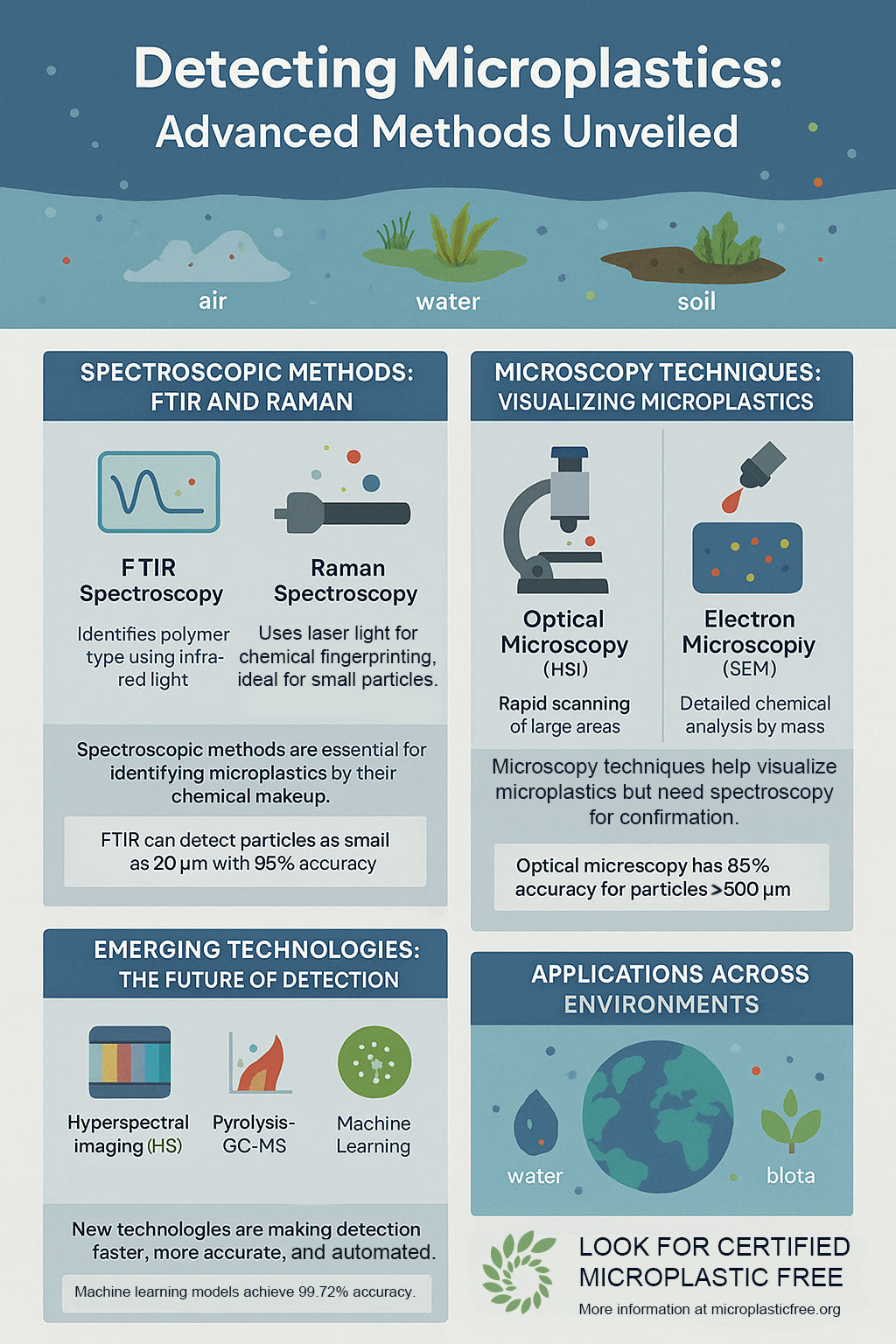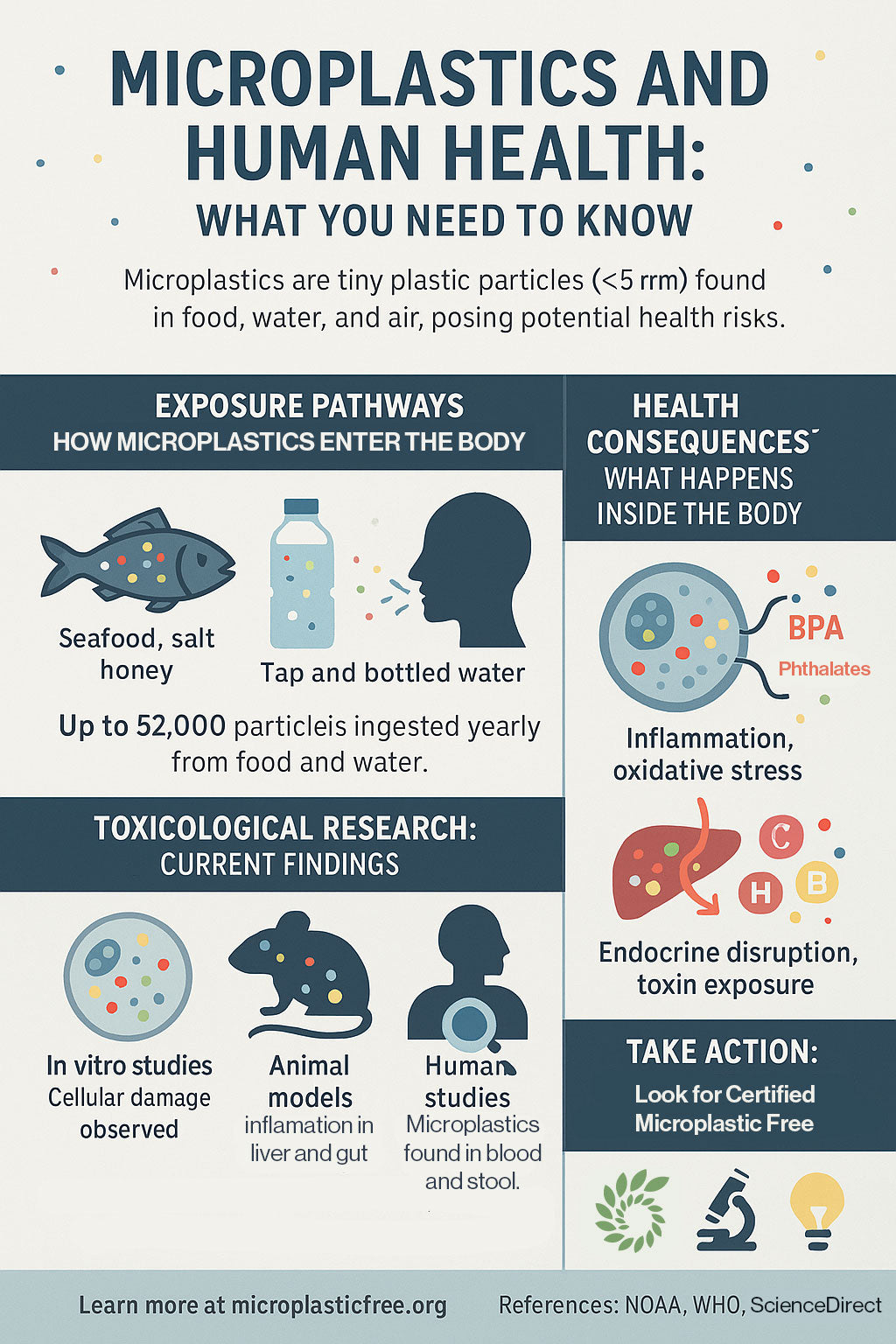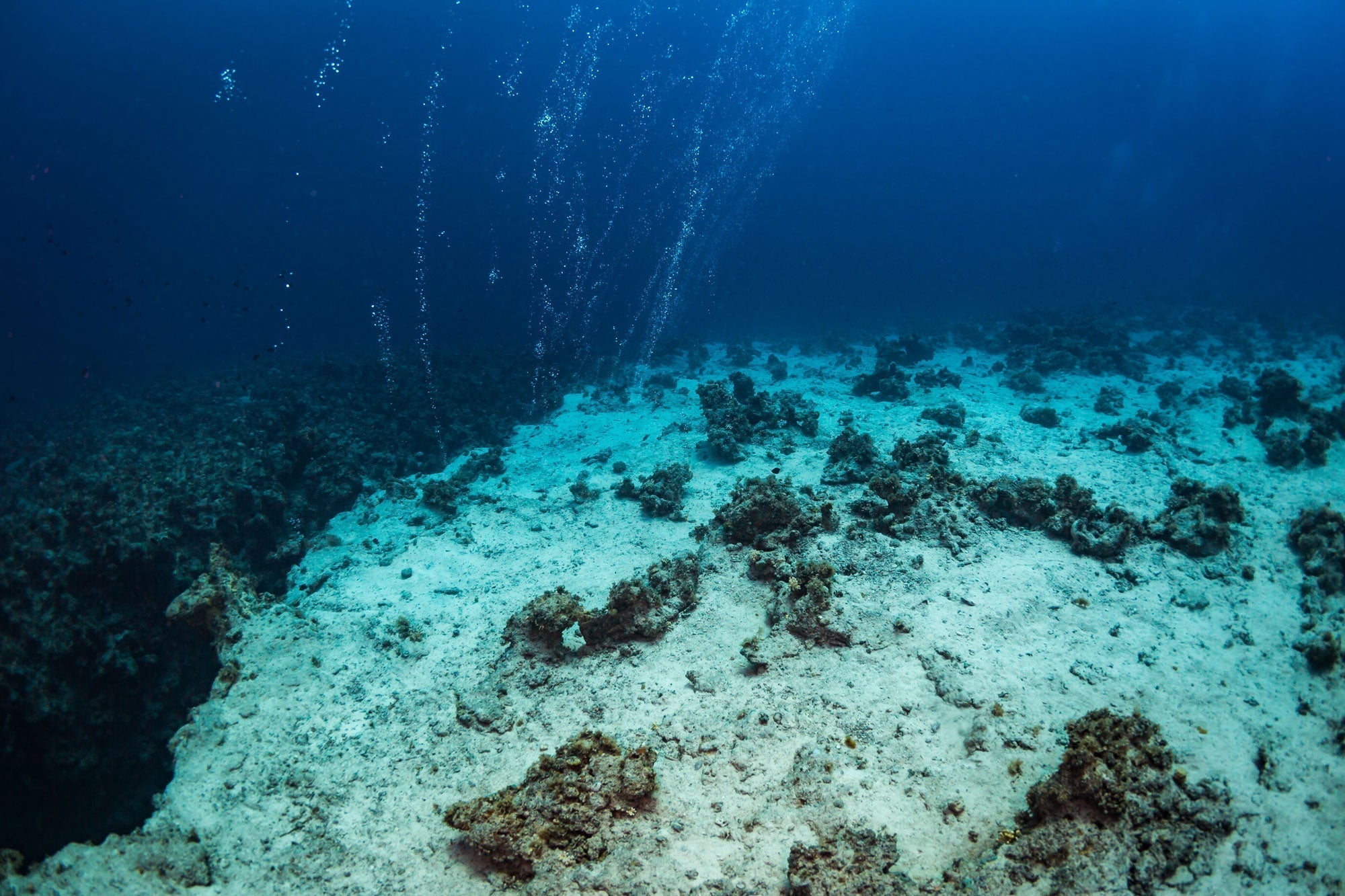Introduction
Microplastics, defined as plastic particles smaller than 5 mm, are pervasive environmental pollutants found in air, water, soil, and biota. Their detection is critical for understanding their distribution, sources, and impacts on ecosystems and human health. Traditional methods, such as visual inspection under a microscope, are labor-intensive and prone to error, particularly for small, transparent, or colorless particles. Advanced analytical techniques are essential for accurate identification and quantification. This article reviews cutting-edge detection methods, including spectroscopic techniques, microscopy, and emerging technologies, with a focus on their applications and validation through peer-reviewed studies.
Spectroscopic Methods: FTIR and Raman Spectroscopy
Spectroscopic methods are foundational for microplastic identification, leveraging molecular vibrations to determine polymer composition.
Fourier Transform Infrared (FTIR) Spectroscopy
FTIR spectroscopy measures the absorption of infrared light, generating a spectrum unique to each polymer. It is widely used for its reliability and ability to analyze particles down to 20 μm. In water, microplastics are collected via filtration (e.g., 0.45 μm filters), and the filter is analyzed directly (Microplastics in Water Study). For air, passive or active sampling on filters is followed by FTIR analysis, with studies reporting concentrations like 1.42 ± 1.42 particles/m³ in urban areas (Airborne MPs Review). In soil, density separation or digestion isolates microplastics, with FTIR identifying common polymers such as polyethylene (PE) and polypropylene (PP) (Soil MP Detection). For biota, tissues are digested (e.g., using enzymes), and residues are filtered for FTIR analysis, detecting ingested microplastics in organisms like fish (Biota MP Study). Validation studies confirm FTIR's accuracy, with inter-laboratory comparisons showing 95% reliability in identifying microplastics against reference standards (FTIR Validation Study).
Raman Spectroscopy
Raman spectroscopy, based on inelastic light scattering, provides a molecular fingerprint and excels at detecting particles smaller than 20 μm, down to 500 nm. It is less affected by water, making it ideal for wet samples, and is often used with microscopy (micro-Raman) for precise localization. Applications include water samples analyzed post-filtration, air samples on filters, soil extracts, and biota tissues after digestion. A study validated micro-Raman for water, achieving high accuracy in identifying particles <10 μm by comparing spectra with reference libraries (Raman Water Study). Limitations include fluorescence interference and longer detection times, with validation showing 92% accuracy in classifying polymers in complex matrices (Raman Validation Study).
Microscopy Techniques: Visual and High-Resolution Analysis
Microscopy provides essential visual characterization for initial screening and particle counting, often complementing spectroscopic methods.
Optical Microscopy
Optical microscopy is used for visual identification of microplastics, examining size, shape, and color, often enhanced with staining (e.g., Nile Red) for better visibility. It is applied to filtered water samples, air filter residues, soil extracts, and biota tissues. However, it struggles with small (<100 μm) or transparent particles, with error rates exceeding 20% for light microscopy and 70% for transparent particles (Microscopy Limitations). Validation involves comparing counts with spectroscopic results, with studies showing 85% agreement for particles >500 μm (Optical MP Study).
Electron Microscopy (SEM, TEM)
Scanning Electron Microscopy (SEM) and Transmission Electron Microscopy (TEM) offer high-resolution imaging, revealing detailed morphological features. SEM, often paired with Energy-Dispersive X-ray Spectroscopy (EDX), analyzes elemental composition to confirm plastic nature via carbon content. Applications include detailed analysis of air, water, soil, and biota samples, with SEM used for particles down to 1 μm. Limitations include high cost and time, with validation studies showing 90% accuracy in identifying microplastics in sediment samples when combined with EDX (SEM Validation Study).
Emerging Technologies: Cutting-Edge Approaches
Emerging technologies are enhancing microplastic detection, offering speed, automation, and sensitivity for smaller particles.
Hyperspectral Imaging (HSI)
HSI integrates imaging and spectroscopy, capturing spectral data for each pixel to identify materials rapidly over large areas. In water, HSI detects microplastics down to 100 μm, with a study optimizing resolution to 14.8 μm per pixel (HSI Optimization Study). For soil, HSI identifies polymers like PE and PP, with validation showing 84% accuracy for white PE and 58% for dark PE (Soil HSI Study). Validation against FTIR achieves high correlation, though spatial resolution limits detection of smaller particles (HSI Validation Study).
Pyrolysis-Gas Chromatography-Mass Spectrometry (Py-GC-MS)
Py-GC-MS thermally decomposes microplastics, analyzing volatile compounds via GC-MS to identify polymer types based on characteristic pyrolyzates. It quantifies by mass, providing data on additives and contaminants. Applications include water, soil, and biota, with a study validating Py-GC-MS for sediment samples, achieving linearity (R² > 0.97) and detection limits of 0.1–9.1 μg for common polymers (Py-GC-MS Validation). Validation shows 80–120% recovery rates in spiked samples, though the method is destructive and time-intensive (Py-GC-MS Recovery Study).
Single Particle Inductively Coupled Plasma-Mass Spectrometry (ICP-MS)
Used for detecting metal-containing nanoplastics or size distribution, single particle ICP-MS quantifies particles by mass and size. It is emerging for water and biota, with a study reporting detection of 7.1×10^6 particles/L in water, sizes 800 nm–5 μm (ICP-MS Study). Validation involves comparison with electron microscopy, showing high accuracy for nanoplastics (ICP-MS Validation).
Machine Learning Applications
Machine learning automates identification from spectroscopic or imaging data, reducing human error. Models trained on datasets like >60,000 Raman spectra achieve over 90% accuracy in classifying microplastics (Machine Learning for MPs). Applications span all media, with studies using deep learning for FTIR spectra achieving 99.72% accuracy for polymer types (FTIR ML Study). Validation involves cross-validation and comparison with human annotation, though large datasets are required to prevent overfitting (ML Validation Study).
Summary Table: Detection Methods and Validation
| Method | Applications | Validation |
|---|---|---|
| FTIR Spectroscopy | Water, air, soil, biota | 95% accuracy, inter-lab validation |
| Raman Spectroscopy | Water, air, soil, biota | 92% accuracy for complex matrices |
| Optical Microscopy | Water, air, soil, biota | 85% agreement with spectroscopy for >500 μm |
| Electron Microscopy (SEM) | Water, air, soil, biota | 90% accuracy with EDX for sediments |
| Hyperspectral Imaging | Water, soil | 84% accuracy for white PE, 58% for dark PE |
| Py-GC-MS | Water, soil, biota | 80–120% recovery in spiked samples |
| Machine Learning | Spectroscopy, imaging data | Over 90% accuracy in classification |
Conclusion
Advanced detection methods for microplastics have significantly improved our ability to identify and quantify these pervasive pollutants. Spectroscopic techniques like FTIR and Raman provide reliable chemical identification, while microscopy offers essential visual characterization. Emerging technologies such as hyperspectral imaging, pyrolysis-GC-MS, and machine learning enhance efficiency, automation, and sensitivity, particularly for smaller particles. Validation studies confirm the accuracy of these methods, though challenges remain, including detection limits for nanoplastics and the need for standardized protocols. Future research should focus on integrating multiple techniques for comprehensive analysis and developing unified standards to ensure consistency in global monitoring efforts.
References
- NOAA: Microplastics Overview
- Microplastics in Water Study
- Airborne MPs Review
- Soil MP Detection
- Biota MP Study
- FTIR Validation Study
- Raman Water Study
- Raman Validation Study
- Microscopy Limitations
- Optical MP Study
- SEM Validation Study
- HSI Optimization Study
- Soil HSI Study
- HSI Validation Study
- Py-GC-MS Validation
- Py-GC-MS Recovery Study
- Machine Learning for MPs
- FTIR ML Study
- ML Validation Study



Leave a comment
This site is protected by hCaptcha and the hCaptcha Privacy Policy and Terms of Service apply.